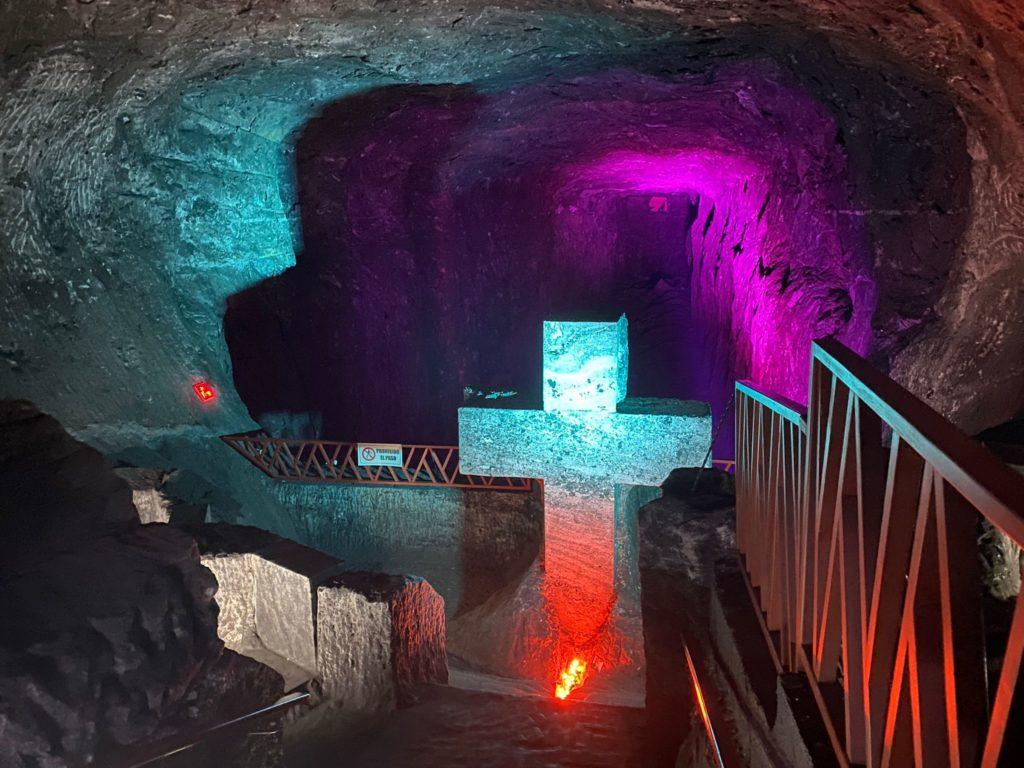If you’re currently attending HSR2022 in Bogota, Colombia, you’ve probably heard of the Salt Cathedral of Zipaquirá. Maybe you already went or are considering going. It is one of the most popular sites to visit in the city. Including, apparently, for many of us.
Do a quick google search and you can read all about the symbolic meaning in relation to Christ and the amazing Roman architecture. Part of a sentence from the Wikipedia page about the Cathedral reads: ‘the construction of a bigger project had begun: the Salt Cathedral…dedicated to Our Lady of the Rosary, Patron saint of miners’.
Reflection while being here at the symposium sparked this short (related) poem below. Hope you enjoy it and that it might spur something inside of you as well.
To Our Lady of the Rosary, Patron saint
Whose lady? Whose saint, is she?
Who does the salt mine belong to? Who did it belong to?
Do a quick google search and you find all about how the Spaniards built the church, complete with dates and names of the conquistadors.
Do a quick google search and you find a brief mention of the Muisca people.
Try to google more and find that it is quite hard to find more info about the origin of the cathedral (at least in English). Sure, it was originally in the land of the Muisca, but to find out more about them or how they used the mine, requires a bit of dedication and specific searching. And you still don’t find a whole lot of detail.
But who even does that?
Did you ask yourself these questions?
Did you wonder why there is a Roman catholic church in a salt mine that used to belong to a brutally colonized Indigenous confederation?
And when you go there, how much do they tell you about the original inhabitants?
When you look at the walls and are in awe of the magical lights, do you think of the people who originally carved the caves?
Do you think of how and why this cathedral exists? And what it represents?
Does it deserve our glorification? Or is it just another symbol of colonization?
